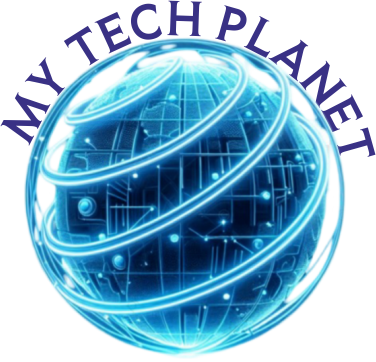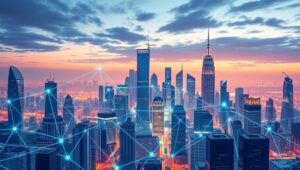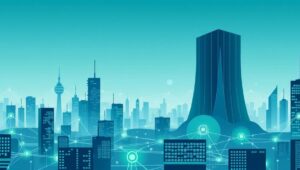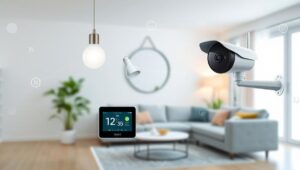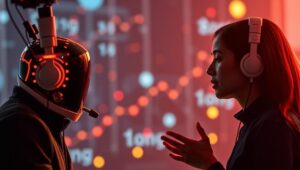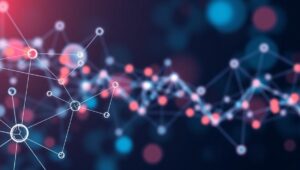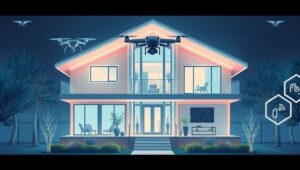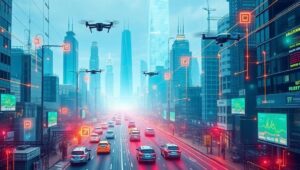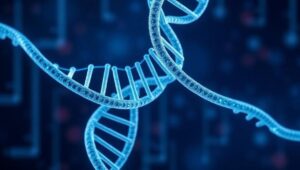Gesture Control: Commanding Tech with a Wave (2025 Trends)
Gesture Control: Commanding Tech with a Wave (2025 Trends) Imagine a world where you can control your devices with a simple wave of your hand. No more touching screens, no more fumbling with remotes. This isn’t science fiction; it’s the rapidly approaching reality of gesture control technology. As we move closer to 2025, gesture control is poised to revolutionize how we interact with the technology around us. What is Gesture Control? Gesture control allows you to interact with devices using hand movements, body language, or other gestures. Instead of physical buttons or touchscreens, sensors and cameras interpret your gestures and
